Lunar Mass Drivers: Moon Catapults for the Space Economy
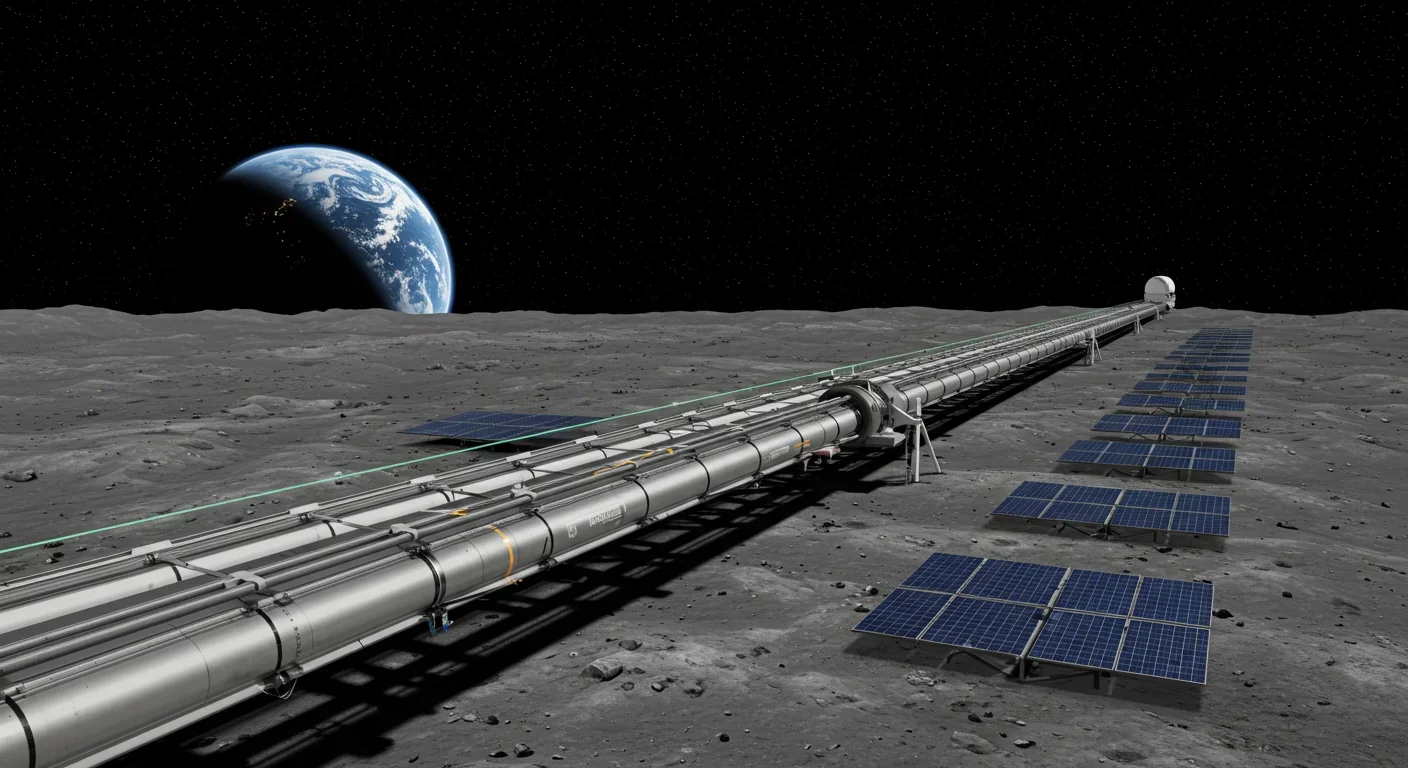
TL;DR: The Moon's 1.5-degree axial tilt creates near-perpetual sunlight at south pole peaks, enabling solar-powered lunar bases without massive battery storage. NASA's Artemis missions target these illuminated crater rims where solar panels could run 80-94% of the time.
Picture Earth's poles in winter—months of darkness, freezing cold, inhospitable conditions. Now imagine the opposite: a place where the sun barely dips below the horizon, providing nearly constant warmth and light. That's exactly what scientists have discovered at the Moon's south pole, and it's why every major space agency on Earth is racing to claim the best real estate there.
The discovery changes everything about how we'll build humanity's first permanent home beyond Earth. Instead of hauling massive nuclear reactors or storing enough battery power to survive two-week lunar nights, future moon bases could simply deploy solar panels and let them run almost continuously. It sounds too good to be true, but the physics is surprisingly straightforward.
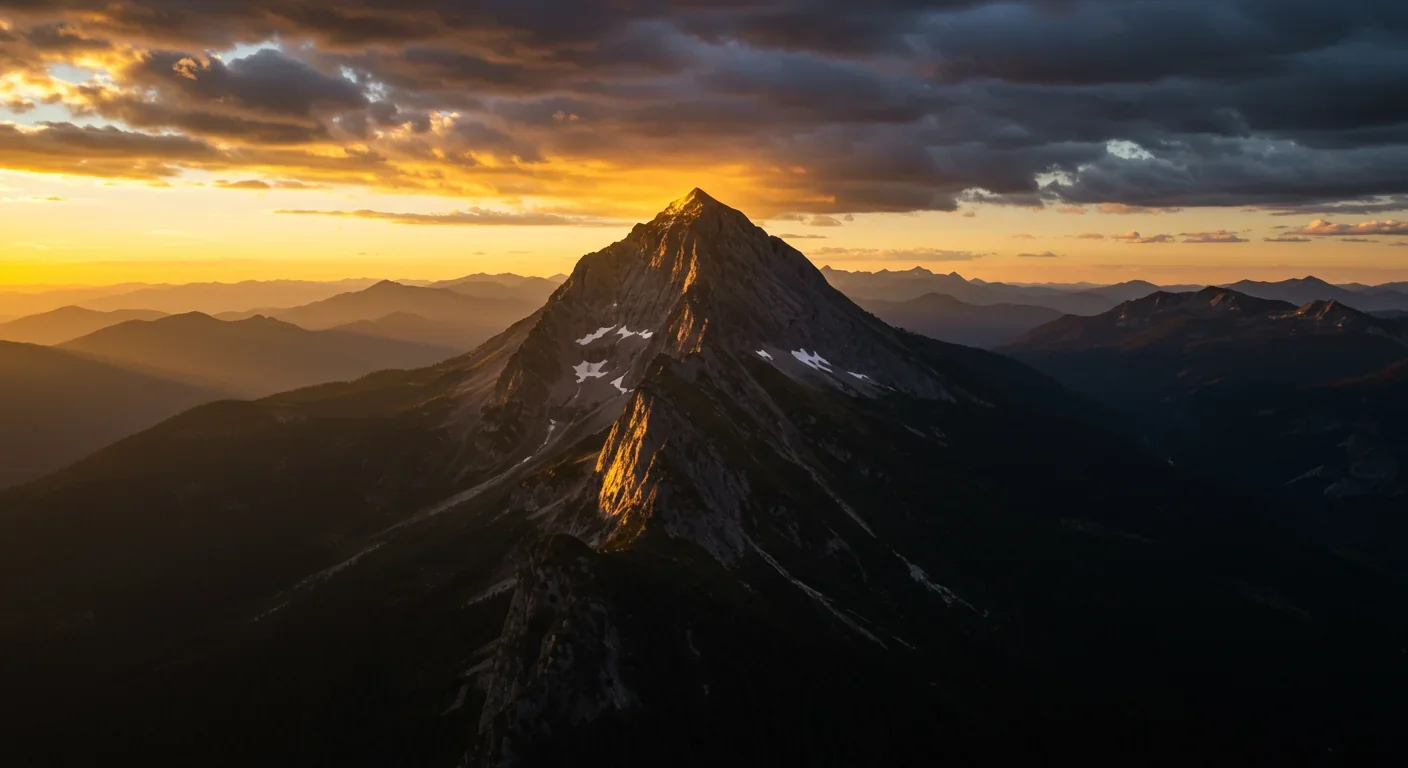
Earth tilts on its axis by 23.5 degrees, giving us seasons. The Moon? It barely tilts at all—just 1.5 degrees. This tiny difference creates a remarkable effect at the lunar poles. Because the Moon rotates almost perfectly upright relative to the sun, certain elevated locations near the poles catch sunlight from almost every angle throughout the lunar year.
Think of it like standing on a mountaintop at sunrise. While the valleys below remain in shadow, you're bathed in golden light. At the Moon's south pole, some crater rims and mountain peaks maintain this advantageous position not just for a few minutes, but for 80-90% of the time—what scientists call "peaks of eternal light."
The Lunar Reconnaissance Orbiter has been mapping these illumination patterns since 2009, building detailed models of exactly where sunlight falls throughout the 27.3-day lunar cycle. What it found surprised even veteran lunar scientists. Two points only 8 kilometers apart along a ridge extending from Shackleton Crater receive a combined 94% illumination over a full lunar year. In the Malapert Mountain region, one location stays in sunlight 89% of the time.
These aren't hypothetical calculations. They're based on high-resolution topographic data collected by multiple missions, including NASA's LRO, Japan's SELENE spacecraft, and India's Chandrayaan missions. The numbers keep getting more precise, and they keep looking better for future lunar settlers.
The Moon's 1.5-degree tilt creates "peaks of eternal light" where some locations receive sunlight up to 94% of the time—a game-changing advantage for solar-powered bases.
Here's why this matters so much. A lunar base at the equator faces a brutal reality: 14 days of continuous sunlight followed by 14 days of total darkness. During that two-week night, temperatures plunge to minus 170 degrees Celsius. Any solar-powered system would need batteries capable of storing enough energy to run life support, heating, communications, and research equipment for 336 hours straight—all while carrying the weight penalty of those batteries.
Engineers call this "the lunar night problem," and it's plagued moon base designs for decades. The traditional solution? Bring nuclear reactors. NASA is developing a 10-kilowatt fission power unit specifically for lunar deployment. Nuclear power makes sense—it's reliable, compact, and works regardless of sunlight. But nuclear reactors are also heavy, complex, expensive, and politically sensitive.
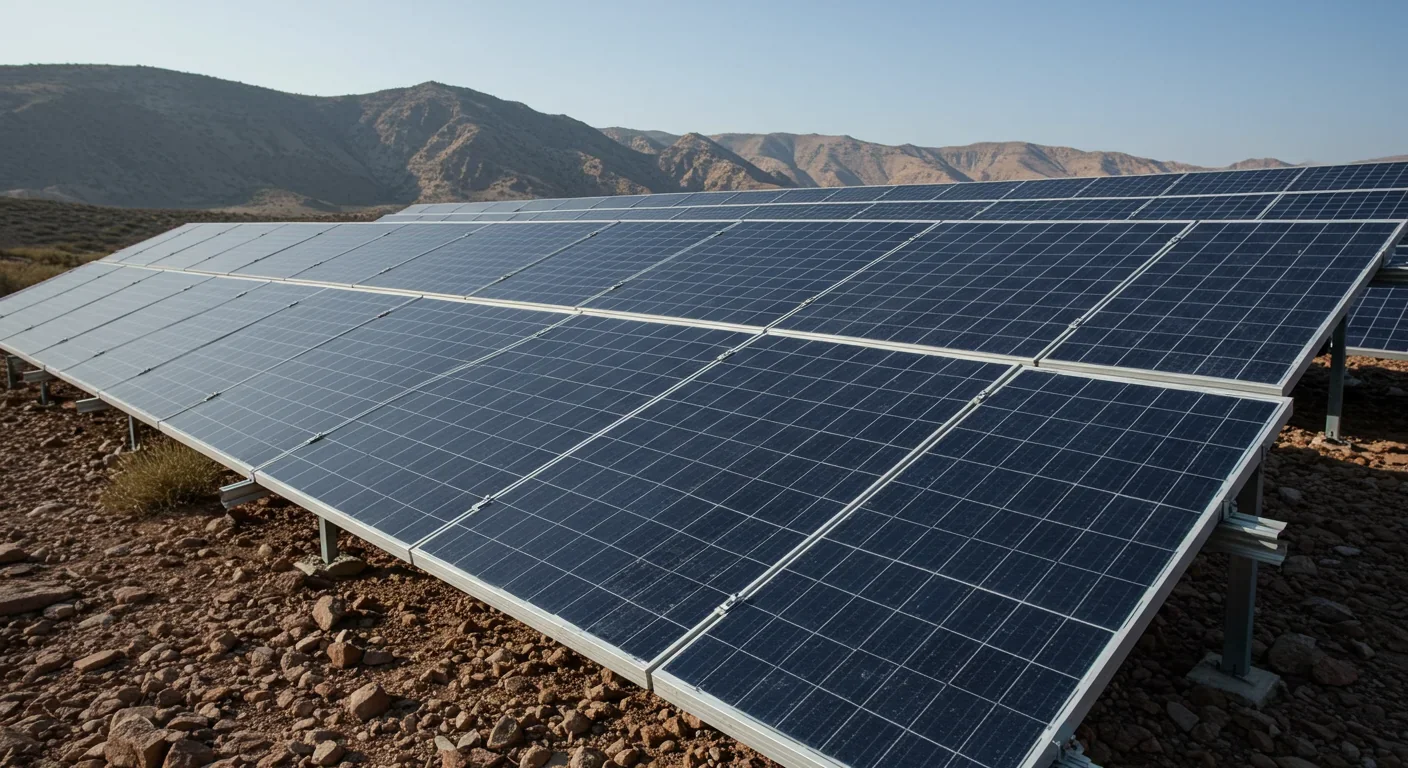
The south pole offers a different path. At locations with 85% illumination, the longest darkness period might be just a few days instead of two weeks. Solar panels could handle most of the power needs most of the time, with much smaller battery systems or compact fuel cells providing backup during brief shadow periods. Astrobotic is developing expandable solar arrays specifically designed for these high-illumination locations, panels that fold for transport and deploy to capture maximum sunlight on lunar crater rims.
This approach reduces mission mass—critical when every kilogram costs thousands of dollars to transport from Earth. It also means redundancy. Multiple solar array installations around a base, positioned on different elevated points, could ensure at least some panels always catch sunlight even during the worst shadow periods.
NASA took all this data seriously when planning Artemis III, the mission that will put astronauts back on the Moon around 2026. The space agency identified nine candidate landing regions, all clustered around the south pole. Each region was selected based on multiple criteria—scientific value, terrain safety, communication with Earth—but illumination ranked high on the priority list.
Shackleton Crater sits at the center of this lunar gold rush. Named after Antarctic explorer Ernest Shackleton (who understood a thing or two about surviving in extreme environments), the 21-kilometer-wide crater offers the best of both worlds. Its permanently shadowed interior may harbor water ice deposits—frozen for billions of years in temperatures that never rise above minus 250 degrees Celsius. Meanwhile, parts of its rim catch sunlight 80-90% of each lunar orbit.
"The Lunar South Pole has been described by source experts as a 'solar goldmine' where power generation could run almost continuously."
— Research analysis from multiple space agencies
Water ice and near-constant sunlight in the same location? That's not coincidence; it's the winning combination for a sustainable lunar presence. Water can be split into hydrogen and oxygen for rocket fuel and life support. Solar power can provide the energy needed to extract and process that water. The crater rim becomes both power station and resource mining operation.
Other prime real estate includes the Malapert Mountain region, where one study found illumination 89% of the time, and several unnamed peaks and ridges that LRO mapping revealed as surprisingly well-lit. The data is so detailed now that mission planners can visualize shadow movement over two complete lunar days, predicting exactly when and where darkness will fall at any given site.
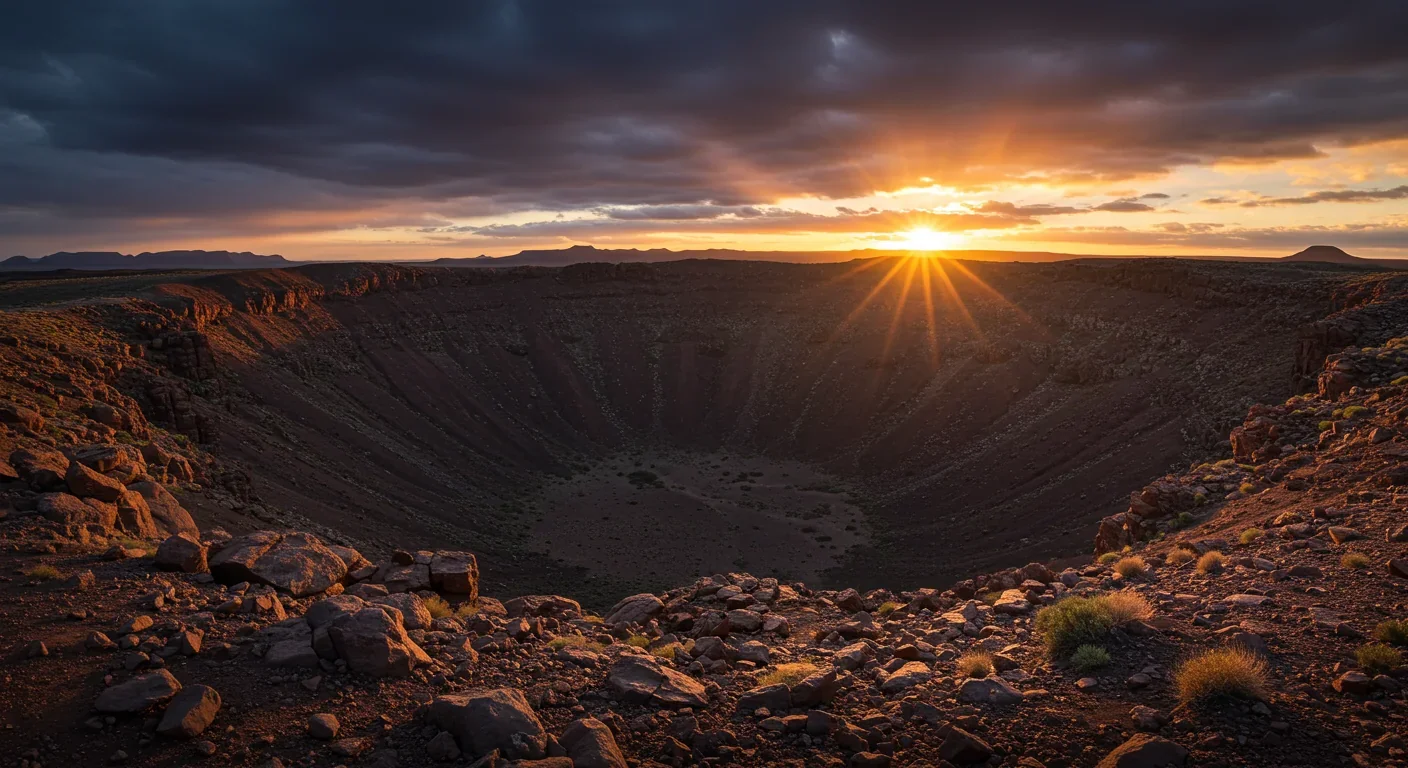
America isn't alone in recognizing the south pole's value. China's space program has repeatedly stated its intention to establish a lunar research station near the poles. India's Chandrayaan-3 mission successfully landed near the south pole in 2023, demonstrating both technical capability and serious interest in the region. India is already planning Chandrayaan-4, a sample-return mission scheduled for 2028 that will bring lunar south pole material back to Earth.
Japan's upcoming LUPEX mission—a collaboration with India—will deploy a 350-kilogram rover specifically designed to explore the south pole's illuminated highlands and shadowed craters. Russia has announced similar ambitions, though its Luna-25 mission unfortunately crashed during its 2023 landing attempt.
This convergence of national space programs on the same small region raises interesting questions. Unlike Antarctica, the Moon has no governing treaty that prevents territorial claims or resource extraction. The Outer Space Treaty of 1967 prohibits nations from claiming sovereignty over celestial bodies, but it's vague about whether private companies or individuals can claim resources, and it doesn't address what happens when multiple nations want to establish bases in the same highly desirable locations.
The peaks receiving the most sunlight are limited—there are only so many spots with 85%+ illumination. If multiple nations or commercial entities want to establish solar-powered bases, they'll need to coordinate locations, respect each other's installations, and possibly share infrastructure. Or the alternative: a first-come, first-served scramble that could create tensions between Earth's space powers.
Multiple nations are racing to the same small region at the lunar south pole, raising questions about coordination, resource sharing, and potential territorial tensions that current space treaties don't clearly address.
Before we get too excited about lunar cities powered by endless sunshine, there are serious engineering challenges that near-constant illumination alone won't solve. The Moon's surface presents obstacles that have nothing to do with power generation.
Lunar dust is abrasive, electrostatically charged, and gets everywhere. It degrades solar panel efficiency, damages seals and moving parts, and poses health risks to astronauts. The Apollo missions dealt with dust for days; a permanent base must handle it for years or decades.
Temperature extremes remain significant even at the poles. While less dramatic than equatorial swings, the difference between full sunlight (around 100°C) and shadow (below -150°C) is still 250 degrees. Materials expand and contract, electronics fail, and maintaining comfortable habitat temperatures requires sophisticated thermal management systems.
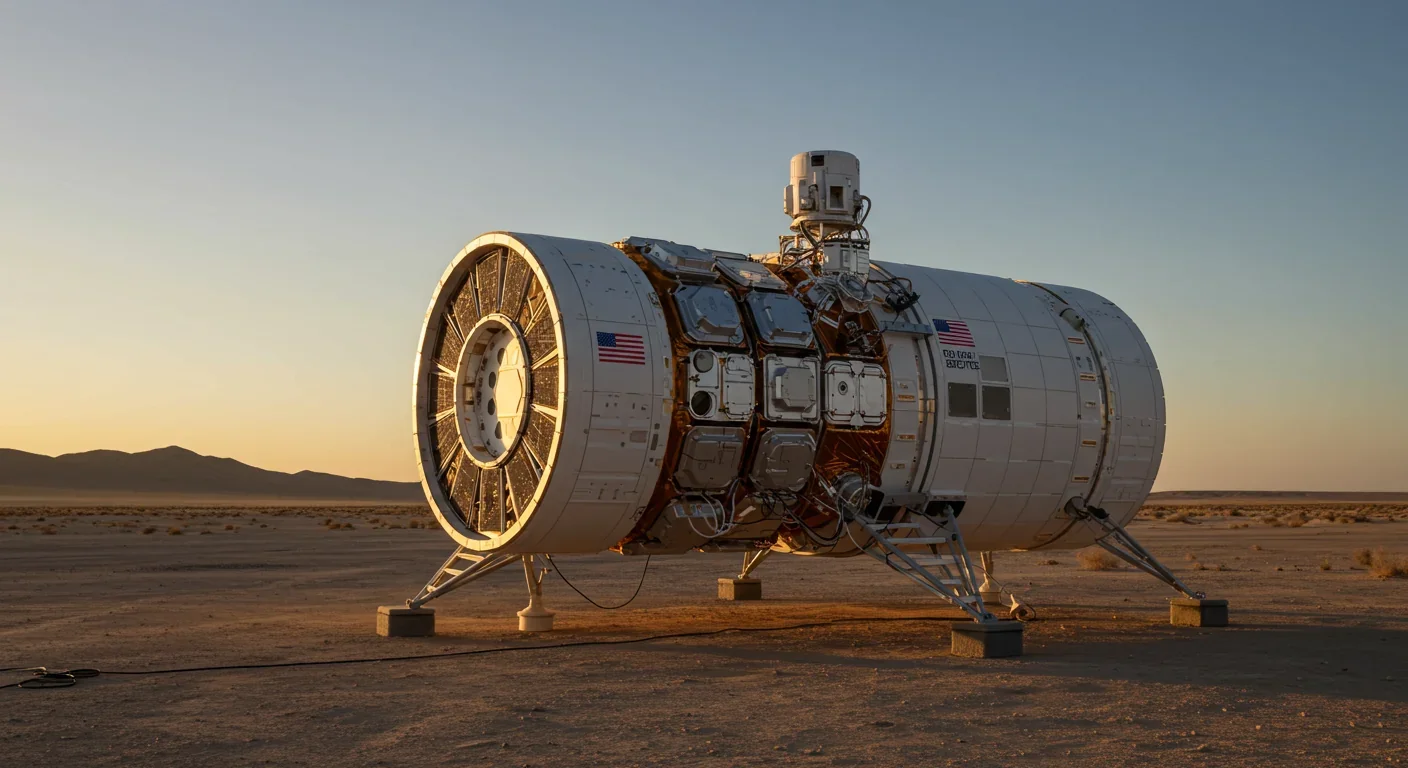
Then there's radiation. Without Earth's protective magnetic field and atmosphere, lunar surface dwellers face constant bombardment from solar particles and galactic cosmic rays. Radiation shielding requires either thick walls of lunar regolith piled on top of habitats or burying structures underground. Either approach demands significant construction capability—not trivial when every tool and vehicle must be transported from Earth or manufactured locally from lunar resources.
Communication presents another constraint. The Moon is tidally locked to Earth, always showing us the same face. A base on the lunar south pole sits near the edge of the visible disk, sometimes dipping below Earth's horizon. Direct line-of-sight communication becomes impossible during these periods. NASA's solution involves relay satellites in lunar orbit, but that adds complexity and points of failure to the communications chain.
Finally, there's the human factor. Astronauts will face psychological challenges living in isolated, confined environments with small crews, no natural weather, no breathable atmosphere, and limited resupply from Earth. The near-constant sunlight might help with circadian rhythms—at least it's not two weeks of darkness—but it also means less contrast between day and night. Humans evolved under Earth's 24-hour cycle; the Moon's 27.3-day "day" could prove disorienting.
Even with excellent solar conditions, NASA's Artemis Base Camp concept envisions a mixed energy strategy. Solar arrays provide baseline power during illuminated periods. Battery banks store excess energy for short shadow periods. And that 10-kilowatt nuclear fission unit serves as the ultimate backup, ensuring critical systems never go dark even during the worst-case shadow scenarios.
This hybrid approach makes sense from a reliability perspective. Solar power is the workhorse, handling 80-90% of the time. But for a habitat where power failure means death, you need redundancy. Nuclear power provides that insurance policy.
The infrastructure would evolve over time. Early missions might rely heavily on battery storage and perhaps fuel cells, accepting limited operating periods. As the base grows, more solar arrays go up on multiple high points, creating a distributed power network. Eventually, nuclear reactors arrive, not replacing solar but complementing it, ensuring 100% uptime regardless of illumination conditions.
Astrobotic's VSAT-XL solar array represents the kind of innovation needed. Mounted on the Griffin lander as part of the LunaGrid power distribution system, these arrays are designed specifically for lunar conditions—foldable for transport, expandable for maximum collection area, and rugged enough to survive dust, thermal cycles, and micrometeorite impacts.
"LCROSS detected 155 kg of water vapor in the dust plume from the Cabeus crater impact, confirming that permanently shadowed regions hold valuable resources."
— NASA LCROSS Mission, 2009
The focus on power infrastructure shouldn't overshadow the extraordinary science possible at the lunar south pole. Those permanently shadowed craters aren't just cold; they're time capsules. Material trapped in darkness for billions of years preserves a record of the solar system's volatile history—water delivered by comets, organic compounds, gases that would have escaped from sunlit regions.
NASA's LCROSS mission in 2009 deliberately crashed a spacecraft into Cabeus crater, detecting 155 kilograms of water vapor in the debris plume. Follow-up analysis found not just water ice but also carbon monoxide, carbon dioxide, ammonia, methane, and mercury. These permanently shadowed regions might hold exotic ices like nitrogen and carbon dioxide, preserved at temperatures that would make even the Antarctic winter seem balmy.

Understanding what's in those cold traps tells us about the Moon's history, yes, but also about volatile delivery throughout the early solar system—information relevant to understanding how Earth got its water and, ultimately, how conditions suitable for life arise on rocky planets.
At the same time, instruments on the illuminated crater rims can monitor space weather, study the solar wind's interaction with the lunar surface, and conduct astronomy free from Earth's atmospheric interference. The south pole offers scientific research opportunities that justify a presence even without considering the settlement and resource extraction potential.
So what happens next? Artemis III will likely make the first crewed landing near the south pole sometime between 2026 and 2028, assuming schedules hold. Astronauts will spend perhaps a week on the surface, conducting sorties from their lander, testing equipment, collecting samples, and validating the region's potential.
Follow-on missions will incrementally expand capabilities. Artemis IV and beyond envision longer surface stays, rovers for extended exploration, and eventually the first elements of the Artemis Base Camp—habitats designed for continuous occupancy, power systems, resource extraction equipment.
Commercial partners will play a growing role. Companies like Astrobotic, SpaceX, and Blue Origin aren't just NASA contractors; they're developing capabilities for their own lunar ambitions. The business case for lunar resources depends on power availability, and the south pole's solar advantage makes economic operations more feasible than at other locations.
International cooperation will be essential but also complex. While NASA collaborates with the European Space Agency, Japan, Canada, and other Artemis Accords signatories, China is building its International Lunar Research Station with Russia and potentially other partners. These parallel efforts might eventually need coordination mechanisms to prevent conflicts over prime real estate and ensure safety in such a hazardous environment.
The next decade will determine whether the lunar south pole's near-constant sunlight turns out to be the game-changing advantage scientists believe it is. If early missions successfully demonstrate solar-powered operations, reliable power storage for short dark periods, and integration with local resource utilization, the path to permanent settlement becomes clearer.
The Moon's south pole won't look like the space stations or bases of science fiction. It'll be harsh, confined, and maintained by small crews working in spacesuits with limited backup. But it might be humanity's first genuine off-world settlement—a place where people live and work not for a few days or weeks, but permanently, supported by infrastructure that can sustain itself using local resources.
The fact that such a place exists at all is a minor miracle of celestial geometry. A slightly different axial tilt, and the Moon's poles would be as dark as its equator for half of each month. But nature provided these peaks of eternal light, high points where the sun almost never sets, locations ideally suited for the first human outpost in a new world.
Within your lifetime, there's a decent chance someone will wake up in a habitat on Shackleton Crater's rim, look out through a small window, and see the sun hanging just above the horizon—exactly where it was yesterday, and where it'll be tomorrow. They'll check the solar panel output, confirm the batteries are charged for the next brief shadow period, and start another day of work expanding humanity's presence beyond Earth.
All because the Moon tilts just 1.5 degrees, and someone was smart enough to notice what that meant for power generation. Sometimes the future hinges on the smallest of angles.

Lunar mass drivers—electromagnetic catapults that launch cargo from the Moon without fuel—could slash space transportation costs from thousands to under $100 per kilogram. This technology would enable affordable space construction, fuel depots, and deep space missions using lunar materials, potentially operational by the 2040s.

Ancient microorganisms called archaea inhabit your gut and perform unique metabolic functions that bacteria cannot, including methane production that enhances nutrient extraction. These primordial partners may influence longevity and offer new therapeutic targets.
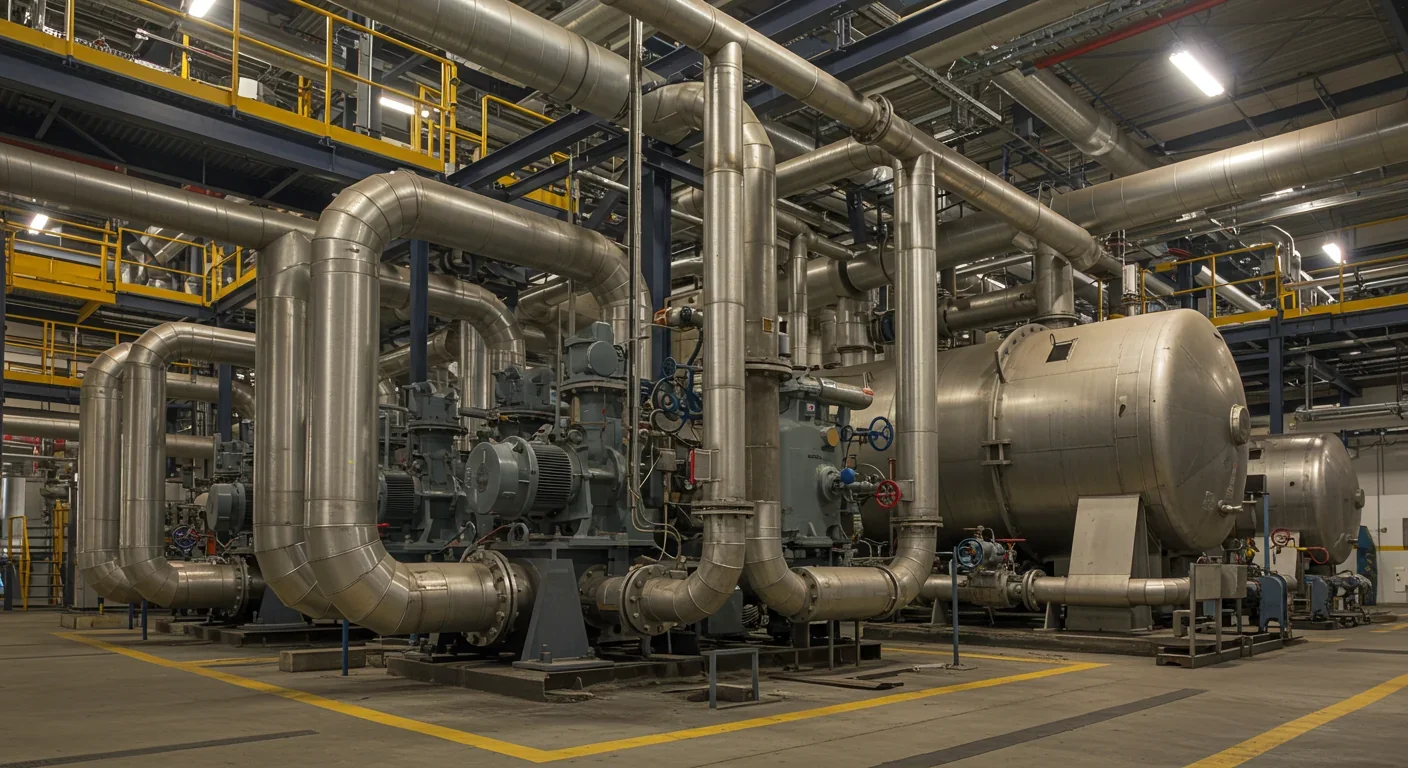
CAES stores excess renewable energy by compressing air in underground caverns, then releases it through turbines during peak demand. New advanced adiabatic systems achieve 70%+ efficiency, making this decades-old technology suddenly competitive for long-duration grid storage.

Human children evolved to be raised by multiple caregivers—grandparents, siblings, and community members—not just two parents. Research shows alloparenting reduces parental burnout, improves child development, and is the biological norm across cultures.

Soft corals have weaponized their symbiotic algae to produce potent chemical defenses, creating compounds with revolutionary pharmaceutical potential while reshaping our understanding of marine ecosystems facing climate change.

Generation Z is the first cohort to come of age amid a polycrisis - interconnected global failures spanning climate, economy, democracy, and health. This cascading reality is fundamentally reshaping how young people think, plan their lives, and organize for change.

Zero-trust security eliminates implicit network trust by requiring continuous verification of every access request. Organizations are rapidly adopting this architecture to address cloud computing, remote work, and sophisticated threats that rendered perimeter defenses obsolete.